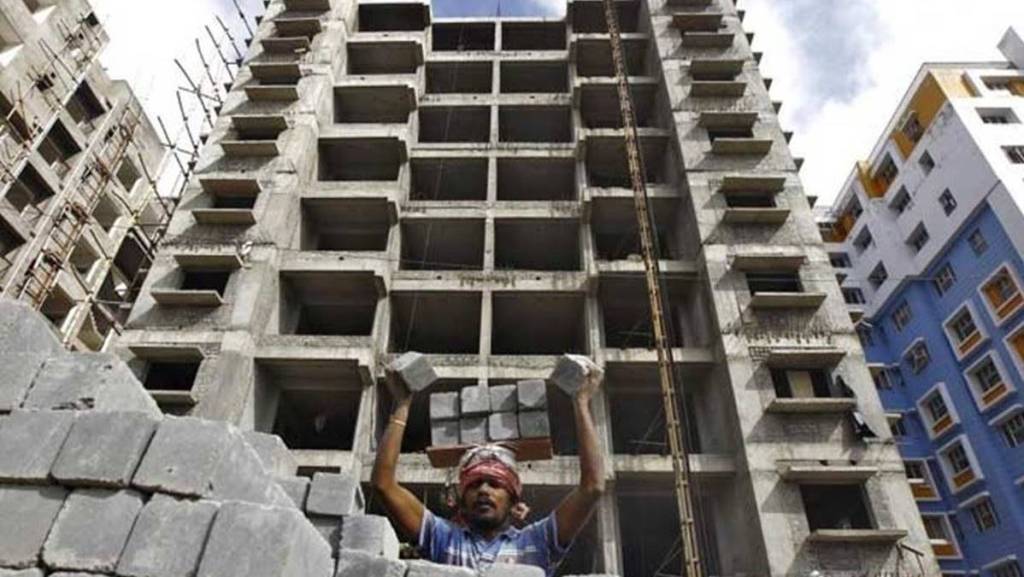By Archana Kannan and Anjan Vij
In recent years, technology has emerged as a powerful tool in improving India’s access to social welfare systems, especially for marginalised and disadvantaged communities. The widespread availability of mobile phones and internet access has opened new avenues for delivering welfare services digitally, revolutionising how social protection programs are implemented. This article explores the transformative potential of technology in improving access to social protection systems in India. From successful initiatives to key challenges and ethical considerations, we delve into how technology can empower individuals and enhance the efficiency and effectiveness of public policies.
Leveraging technology for equitable access
India’s booming mobile phone penetration and internet user base provide a strong foundation for leveraging technology to improve access to social welfare systems. With over 1.3 billion mobile phone subscribers and 624 million internet users as of January 2023 and 2021, there is immense potential to deliver welfare services digitally.
Mobile applications can serve as a medium to provide information about welfare schemes, streamline application processes, and offer real-time updates on the status of applications. Online platforms can act as centralised portals, simplifying access to multiple programs and services. Digital payment systems facilitate the direct transfer of welfare benefits, ensuring efficient and transparent delivery. These systems also promote financial inclusion by encouraging the adoption of digital payment methods and formal financial services.
Also read: India’s social protection needs to be reshaped to address increased poverty vulnerability
Technology can also be leveraged in various ways to improve the efficiency and effectiveness of India’s public policies and protection programs. Advanced data analytics techniques, including AI and ML algorithms, can inform evidence-based policy decisions, anticipate needs, and optimise resource allocation in various sectors such as healthcare, agriculture, and urban planning. Blockchain offers decentralised and tamper-proof record-keeping capabilities, ensuring transparency and accountability in land records, supply chain management, and financial transactions. Smart contracts powered by blockchain can also automate compliance, reduce bureaucracy, and streamline public administration and service delivery processes.
Successful initiatives driving equitable access
Government initiatives such as Direct Benefit Transfer (DBT) and Common Service Centers (CSCs) have utilised technology to enable direct funds transfers to beneficiaries and provide digital services to citizens across the country. Through the DBT system, over 3,400 central and state government schemes have been implemented, resulting in approximately INR 16.97 lakh crore (USD 229 billion) transferred directly to beneficiaries. CSCs are access points for delivering various government services to citizens, particularly in rural areas. These CSCs provide services like Aadhaar enrolment, utility bill payments, and banking, and over 4.18 lakh (418,000) CSCs were operational as of June 2021, providing digital services to citizens nationwide.
Two noteworthy examples of technology-driven initiatives are Jan Dhan Yojana and Pradhan Mantri Ujjwala Yojana (PMUY). The Jan Dhan Yojana, launched in 2014, opened bank accounts for beneficiaries and utilised biometric authentication through micro-ATMs, enabling secure and efficient access to banking services. As of May 2021, over 43.08 crores (430 million) of bank accounts were opened under this scheme, increasing financial inclusion and access to various social welfare benefits. The PMUY, launched in 2016, leveraged Aadhaar-based verification and digital payment mechanisms to provide clean cooking fuel to households below the poverty line. As of January 2023, over 9.3 crores (93 million) of LPG connections were provided to eligible households, empowering women, reducing indoor pollution, and improving health outcomes.
Challenges, downsides and mitigation measures
Bringing technology into India’s social welfare systems has its fair share of challenges and obstacles. Some risks associated with technology adoption include excluding marginalised populations, privacy concerns, bias in algorithms, technical challenges, resistance to change, and fraud. Limited accessibility in rural areas, infrastructure and connectivity issues and network reliability hinder widespread technology adoption. Moreover, low digital literacy levels, particularly among the elderly and marginalised communities, impede technology adoption and utilisation. And, of course, privacy and data security concerns also arise with collecting, storing, and sharing personal data through technology-driven systems.
Placing humans at the centre of technology development and deployment is crucial to mitigate the risks. It is essential to involve stakeholders, including beneficiaries, throughout the design process to understand their needs, preferences, and concerns. As well as incorporate feedback and iterative improvements based on real-world experiences.
A few ethical considerations must also be addressed. Privacy and consent are paramount, and data protection laws should be in place to safeguard individuals’ information. There is a need for informed consent frameworks and secure storage systems. Furthermore, designing inclusive solutions, ensuring transparency, and providing digital literacy programs can help address these risks and ensure that technology-driven initiatives are equitable and effective.
Role of NGOs in ensuring equitable access
NGOs in India can collaborate with the government, private sector, and other stakeholders to ensure equitable access to social welfare systems through technology. They play a vital role in this collaboration by identifying community needs and suggesting technology-based interventions. NGOs also advocate for policies supporting inclusivity and data security while piloting and testing innovative solutions with private and academic partners. Moreover, they contribute to capacity building and knowledge sharing through training programs and can even monitor the effectiveness of technology-driven initiatives.
In conclusion, technology has the potential to revolutionise social welfare systems in India, enabling equitable access and efficient service delivery. Mobile applications, online platforms, and digital payment systems can play a pivotal role in expanding the reach of social protection schemes. However, challenges such as the digital divide, privacy concerns, and skill gaps must be addressed to ensure inclusivity. By leveraging technology responsibly and addressing ethical considerations, India can build a robust and equitable social protection ecosystem that leaves no one behind on the journey out of poverty.
(The authors: Archana Kannan is COO, Indus Action and Anjan Vij, is Senior Manager, Fundraising & Communications, Indus Action. Views expressed are personal.)


